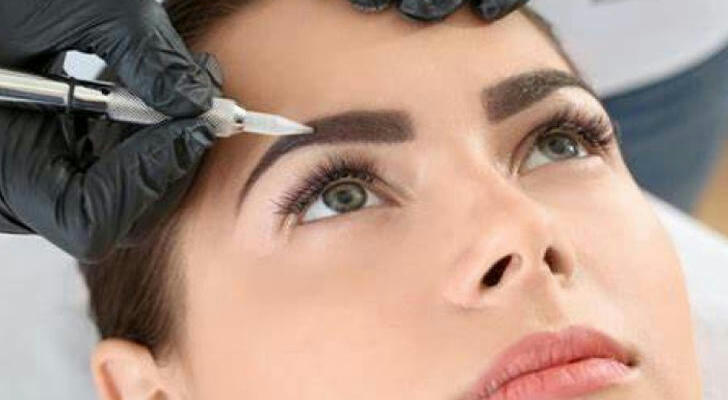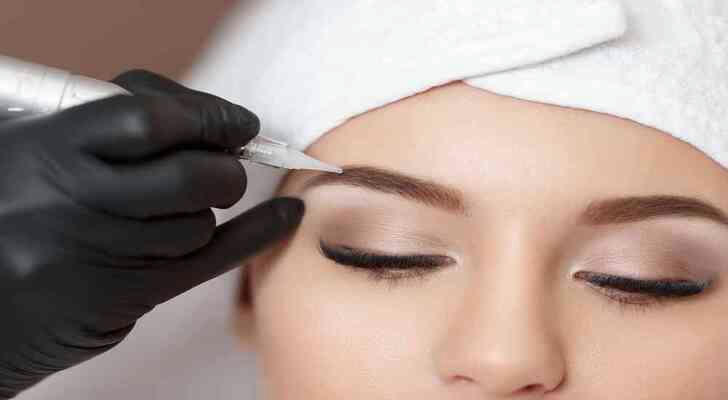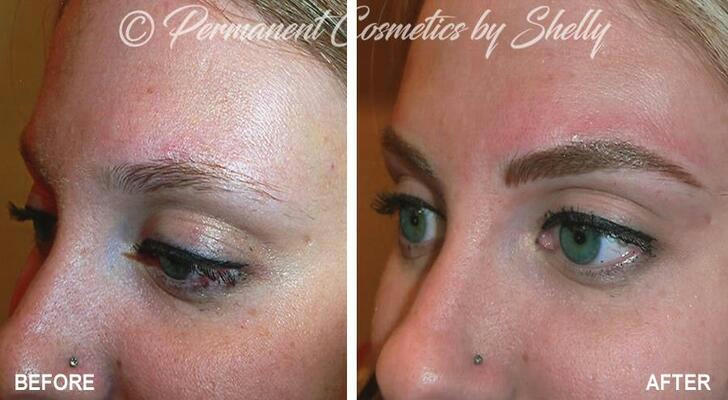Eyebrow Tattooing: Benefits, Healing & Risk
Eyebrow tattooing, also known as microblading or permanent makeup, has become one of the most popular cosmetic treatments in recent years. While eyebrow tattooing can provide beautiful results, it is important to understand the techniques involved, the potential risks, and the ethical considerations involved. This article will explore the details of eyebrow tattooing, including the different methods used, their benefits, recovery, and possible risks.

What Is Eyebrow Tattooing?
Eyebrow tattooing is a type of semi-permanent makeup that enhances the shape, color, and fullness of the eyebrows. Unlike traditional tattoos that go deep into the skin, eyebrow tattooing uses finer needles and pigments that stay in the upper skin layers and fade over time. Common techniques include microblading, powder brows, and combo brows, each suited to different skin types and style preferences.
Benefits of Eyebrow Tattooing
1. Long-Lasting Results
Eyebrow tattoos last between 1 to 3 years, depending on the technique, skin type, and how well you care for them. This makes them a time-saving option for people who fill in their brows daily.
2. Customized to Individual Needs
Every eyebrow design is tailored to the client’s face shape, natural hair growth, and personal taste. You can get a soft, natural look or a bold, defined style.
3. Helps People with Hair Loss
People with alopecia, or those who have lost their brows due to medical treatments like chemotherapy, often turn to tattooing to restore natural-looking brows. This can greatly improve self-esteem and facial symmetry.
4. Waterproof and anti-fouling
Unlike brow makeup, tattooed brows won’t smudge from sweat, water, or rubbing. This makes them a great choice for active individuals or those with oily skin.
5. Saves Money Over Time
Though the initial procedure can be costly, it reduces long-term spending on brow products. A touch-up once a year is often enough to maintain the look.
A 2023 beauty market survey found that the average person spends over $200 annually on eyebrow makeup — money that tattooing could help save.
The Healing Process: What to Expect
1. Initial Healing (Days 1–7)
Right after the procedure, the brows look darker and more defined. Some redness and swelling are normal. By days 3 to 5, the skin may flake or form small scabs — a natural part of healing.
2. Mid-Healing Phase (Days 8–21)
Once the scabs fall off, the brows may seem too light. This is temporary. The pigment continues to settle into the skin during this stage.
3. Final Results (Weeks 4–6)
By week 4 to 6, the final color and shape become clear. Most people need a touch-up at this time to fix faded spots or refine the shape.
📌 Tip: Avoid sweat, sun, and makeup on your brows during healing to lower the risk of infection and uneven fading.

Risks and Considerations
1. Skin Sensitivity and Allergic Reactions
Some people may react to pigments or numbing creams. A patch test before treatment can help prevent surprises.
2. Infection Risk
If the treated area isn’t kept clean, infection is possible. Always follow aftercare instructions and choose a certified, clean studio.
3. Color Fading or Change
Over time, the pigment can fade or change color, especially with sun exposure. For instance, iron oxide pigments might turn reddish if exposed to too much UV light.
A 2022 report by the American Academy of Micropigmentation found that about 12% of clients needed correction due to color change or fading.
4. Not for All Skin Types
People with very oily or sensitive skin may not get great results from microblading. In these cases, powder or machine techniques work better.
5. Technician Skill Matters
The success of eyebrow tattooing depends on the technician’s skill. Poor work can lead to uneven brows or wrong color choices. Always ask for certifications and look at before-and-after photos.

Choosing the Right Technique
| Technique | Description | Best For |
|---|---|---|
| Microblading | Creates hair-like strokes by hand | Normal to dry skin types |
| Powder Brows | Soft, shaded finish using a machine | Oily or sensitive skin |
| Combo Brows | Blend of strokes and shading | Those wanting both depth and texture |
Knowing your skin type helps pick the right style. A consultation with a licensed artist can guide your choice.
Regulations and Certification Standards
The Society of Permanent Cosmetic Professionals (SPCP) and the American Academy of Micropigmentation (AAM) offer recognized certifications that indicate an artist has met certain health, safety, and skill standards.
As of 2023, an estimated over 40,000 cosmetic tattoo technicians are actively practicing in the U.S., and the industry continues to grow as demand for permanent makeup rises.
Final Thoughts
Eyebrow tattooing is a convenient, long-lasting solution for anyone wanting fuller, better-shaped brows. It’s especially helpful for people with sparse or missing eyebrows and can save both time and money in the long run.
While the procedure is generally safe, understanding the healing timeline, potential risks, and the importance of skilled professionals is crucial. Choose a certified technician, follow aftercare steps, and pick a technique that fits your skin and lifestyle for the best results.
